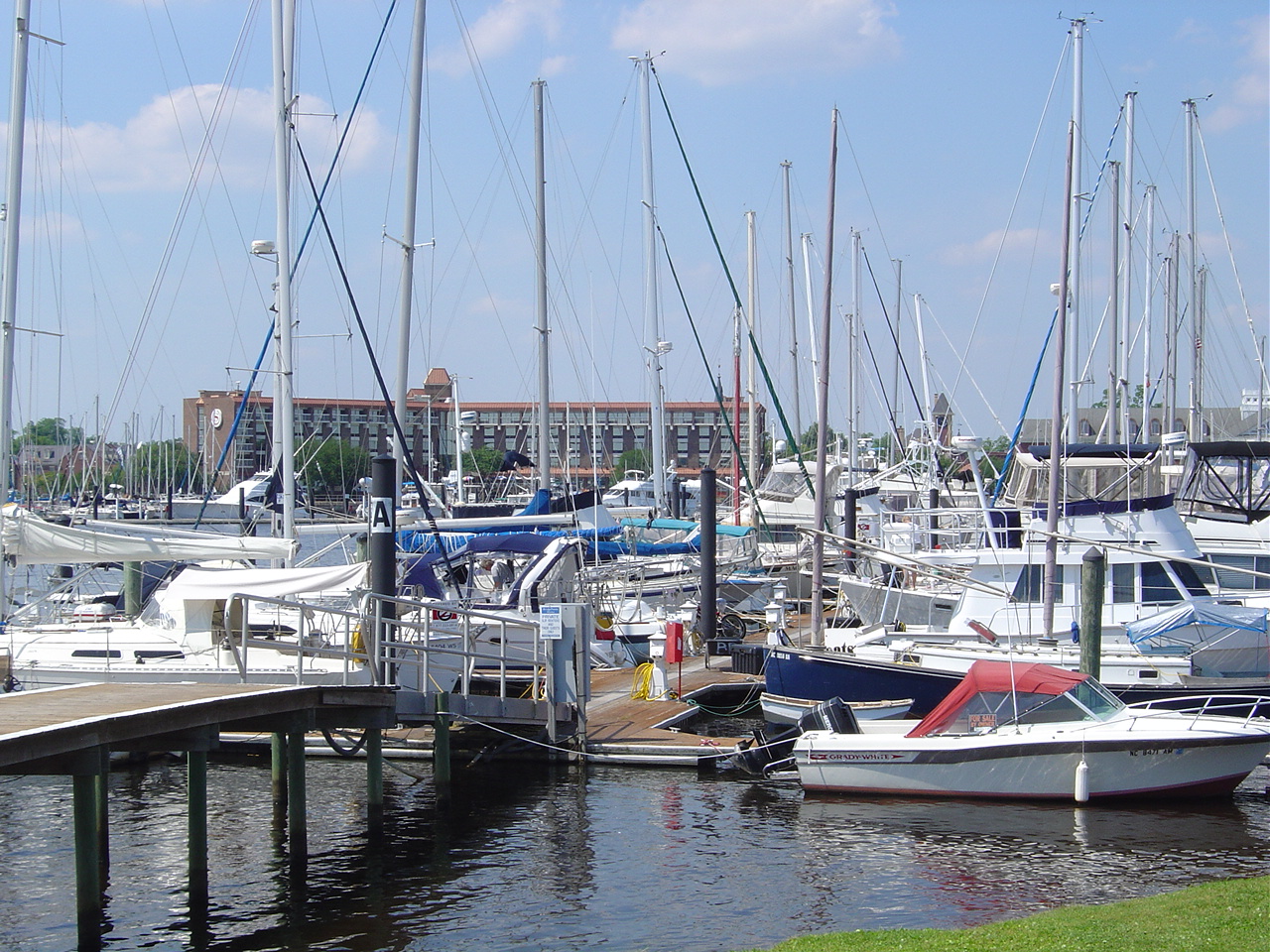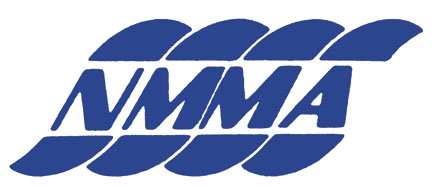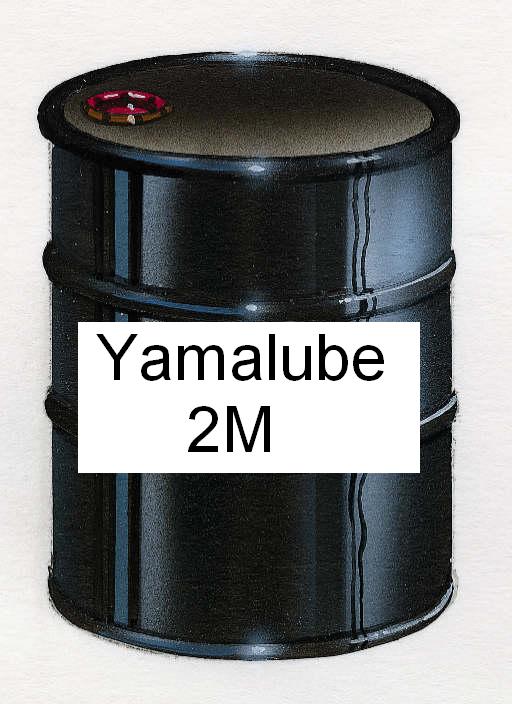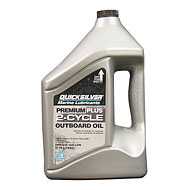History of the Two-Stroke Engine
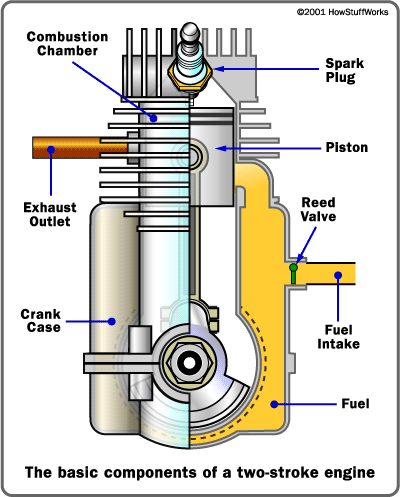
The two-stroke cycle engine was invented more than a century ago, but is still used today in outboard motors, dirt bikes, and chainsaws. The two-stroke engine is renowned for its simple design and high power to weight ratio. But because these engines mix fuel and 2 cycle oil for lubrication, their emissions are more than normal. To power larger devices, two-stroke engines have been replaced by four-stroke engines which are more complex designs that have cleaner emissions because fuel and oil are not mixed.
The two-stroke engine is most often attributed to Dugald Cleark who invented it in 1880. However, it was other engineers that perfected the engine by creating the charging pump and the piston controlled inlet port. Two-stroke engines were used in automobiles until the 1960s, which were then replaced by the four-stroke design.




